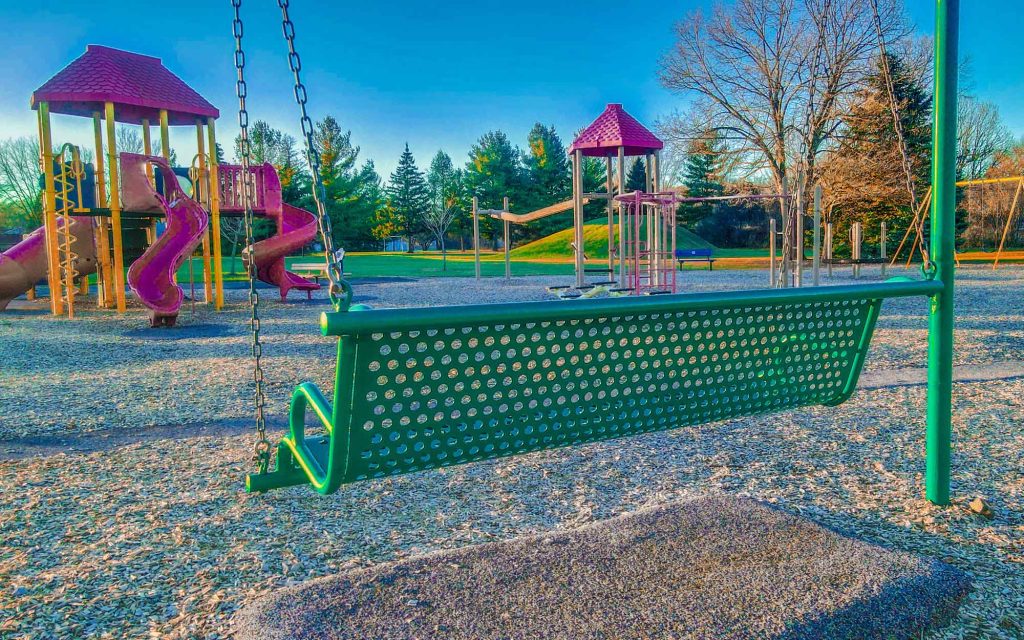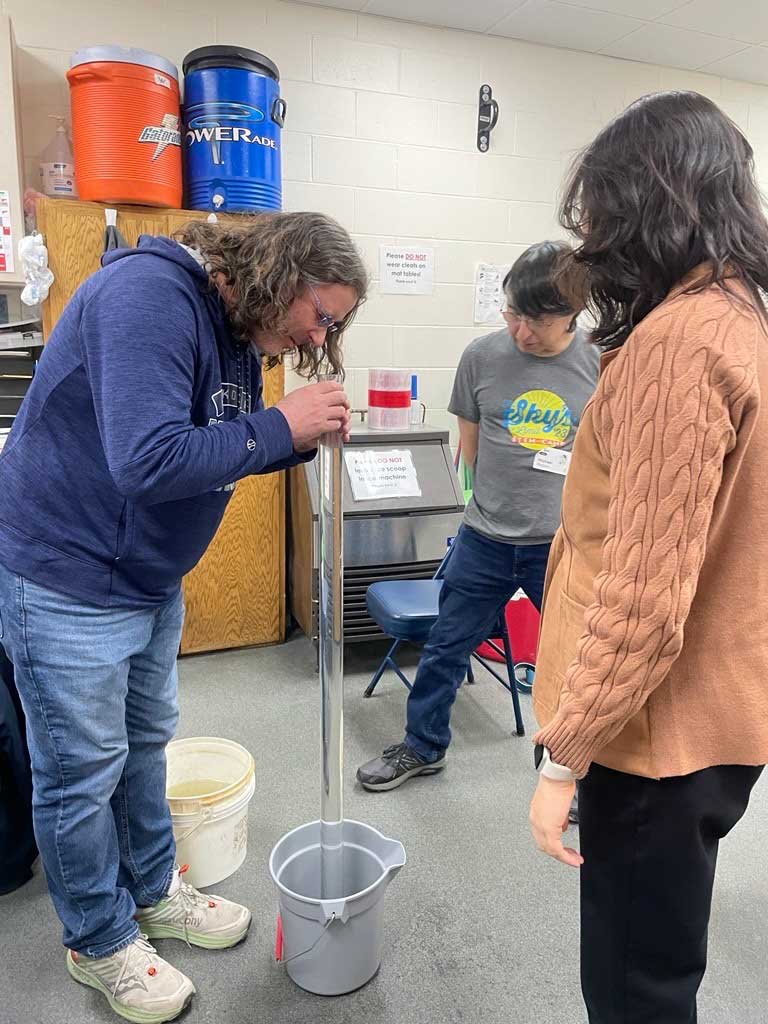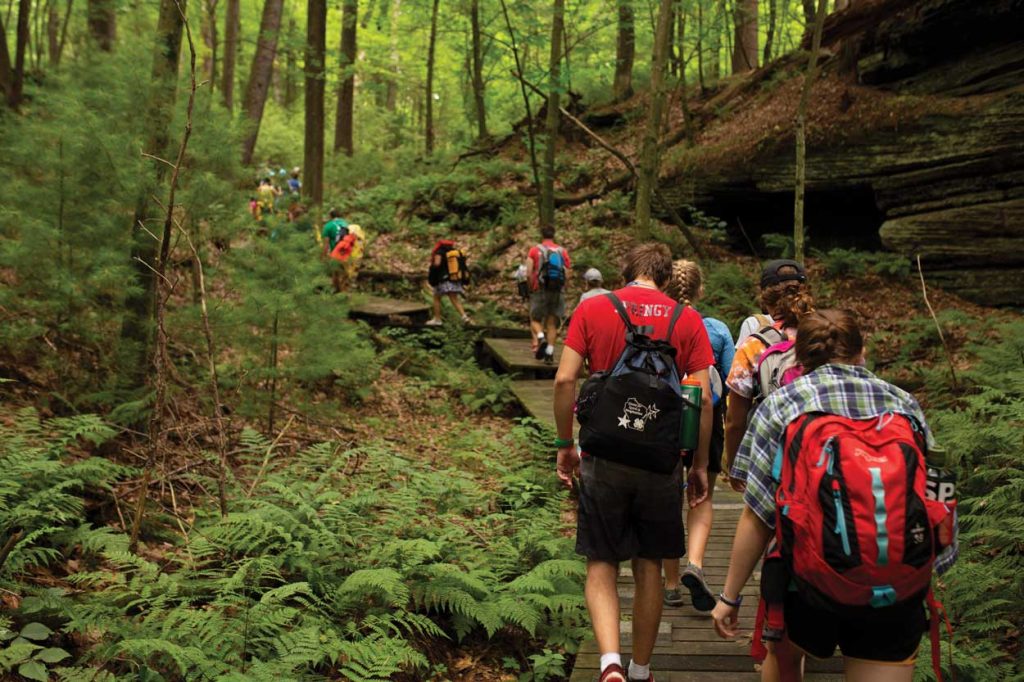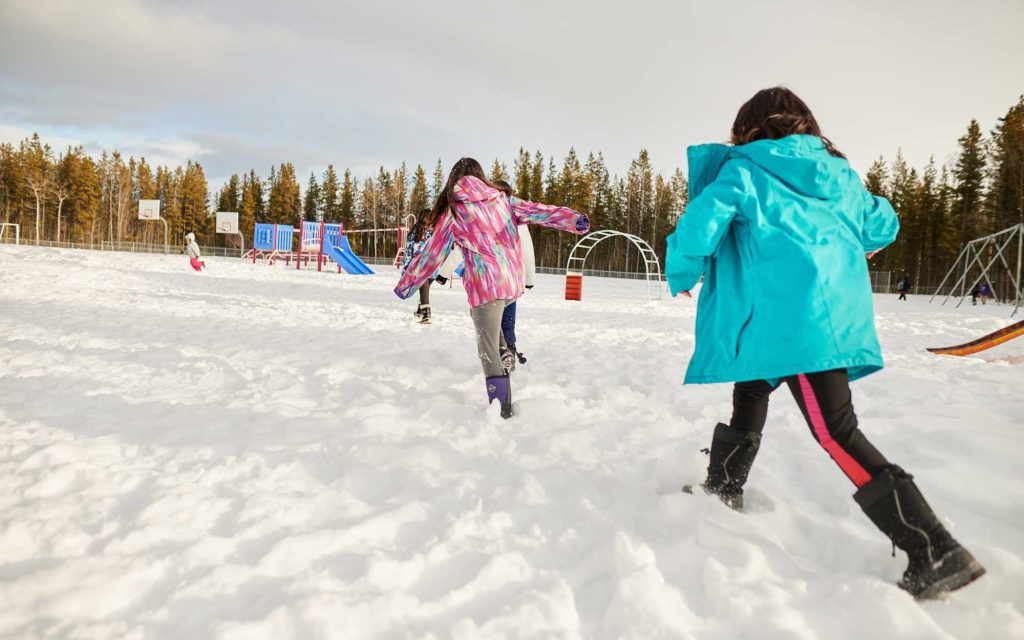Schools and Youth

Schools and Youth
Amplified weather extremes are impacting youth in distinct and increasingly significant ways. We are engaging directly with both school and youth program administrators, as well as with young people themselves, to improve their understanding of these impacts and engage in forward-looking solutions.
Programs

GLOBE
The Global Learning and Observations to Benefit the Environment (GLOBE) Program is an international science and education program sponsored by the National Aeronautics and Space Administration (NASA) that promotes scientific literacy through hands-on, nature-based learning. The program is active in 127 countries and 42,000 schools, resulting in more than 250 million scientific observations across the atmosphere, hydrosphere, biosphere, pedosphere. In Wisconsin, students develop research projects that are presented at the annual Midwest GLOBE Student Research Symposia and the International Virtual Science Symposium. Projects have covered a diverse array of topics, including mapping surface temperatures related to urban heat islands, the impact of relative humidity on running speeds at the high school track, variations in water quality due to heavy rain events, and more.

Upham Woods
Upham Woods is a model residential outdoor learning center managed by the University of Wisconsin – Madison Division of Extension. The center sits in a prime location on the Wisconsin River offering an excellent “river classroom” to study Wisconsin’s natural and cultural history. The center provides year-round outdoor education for youth and youth leaders, including environmental lesson plans, and summer camp programming. This project provides funding for school districts to host field trips at the center and participate in a microclimate monitoring curriculum where students use scientific instruments to collect data on the diverse microclimates of Blackhawk Island.

Schoolyard Landscape Design
Youth experience extreme heat and cold weather differently than adults, and schoolyards where children play during the school day can be designed in a way that mitigates these extreme temperatures. This program, led by researchers at the University of Wisconsin-Madison, works with both students and school administrators to assess their schoolyards for thermal comfort under extreme weather conditions and develop landscape changes to improve thermal comfort and health of students. The program provides workflows and tools to empower students to understand, assess, and realistically design their immediate environment (i.e. playground). Students engage their creative, artistic, quantitative, and reasoning skills in the process, while learning to take a leadership role in helping to improve their immediate surroundings and community.
Engage with Us
If you are a school administrator or youth program manager and would like to work with our project team to understand extreme weather impacts in your district or community, contact Jackson Parr, Climate Hazards Planning Educator.




